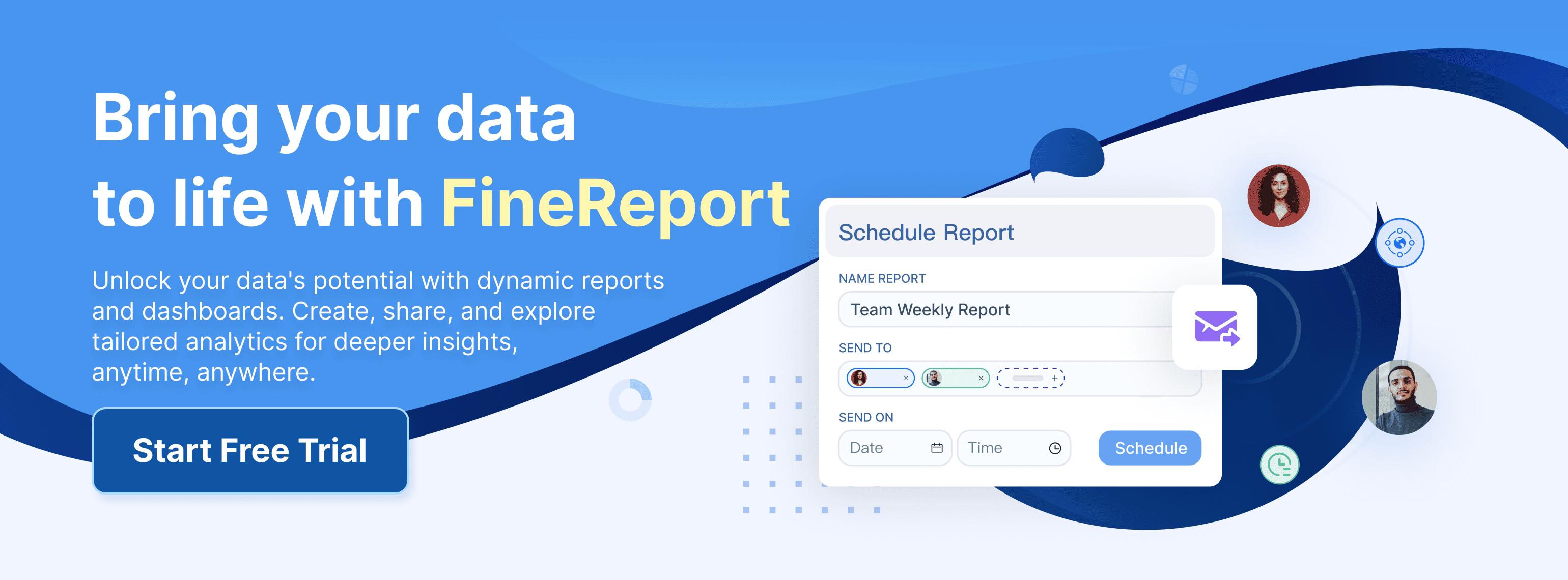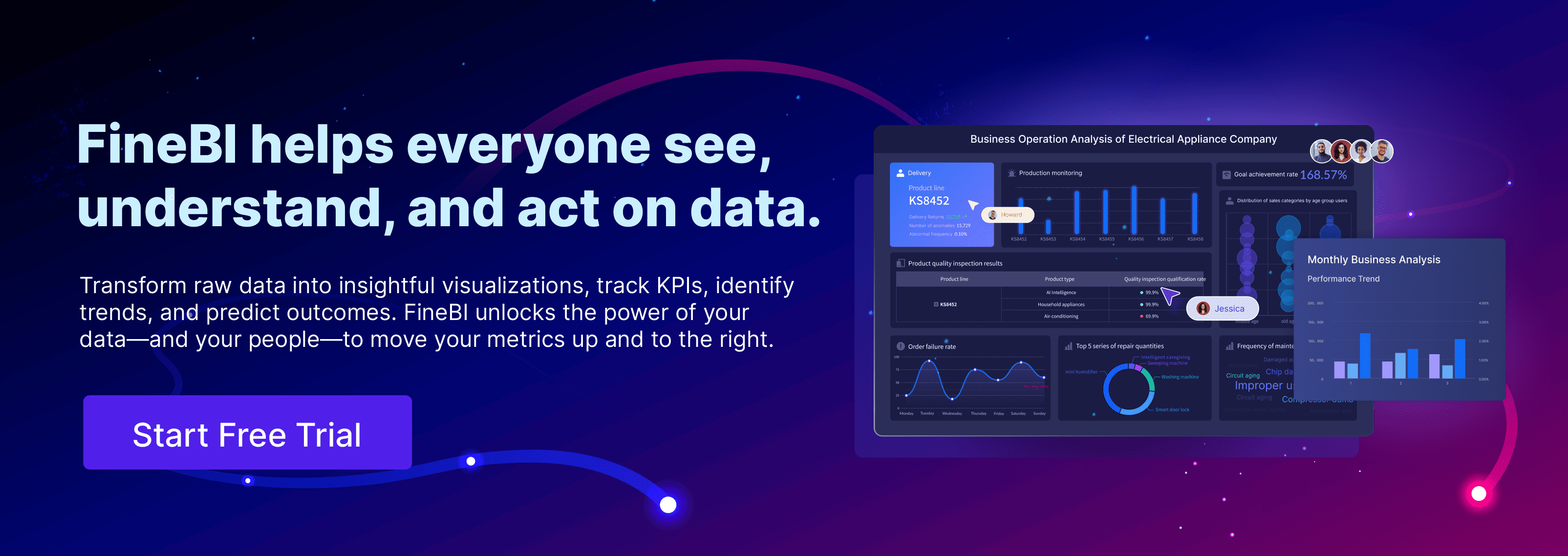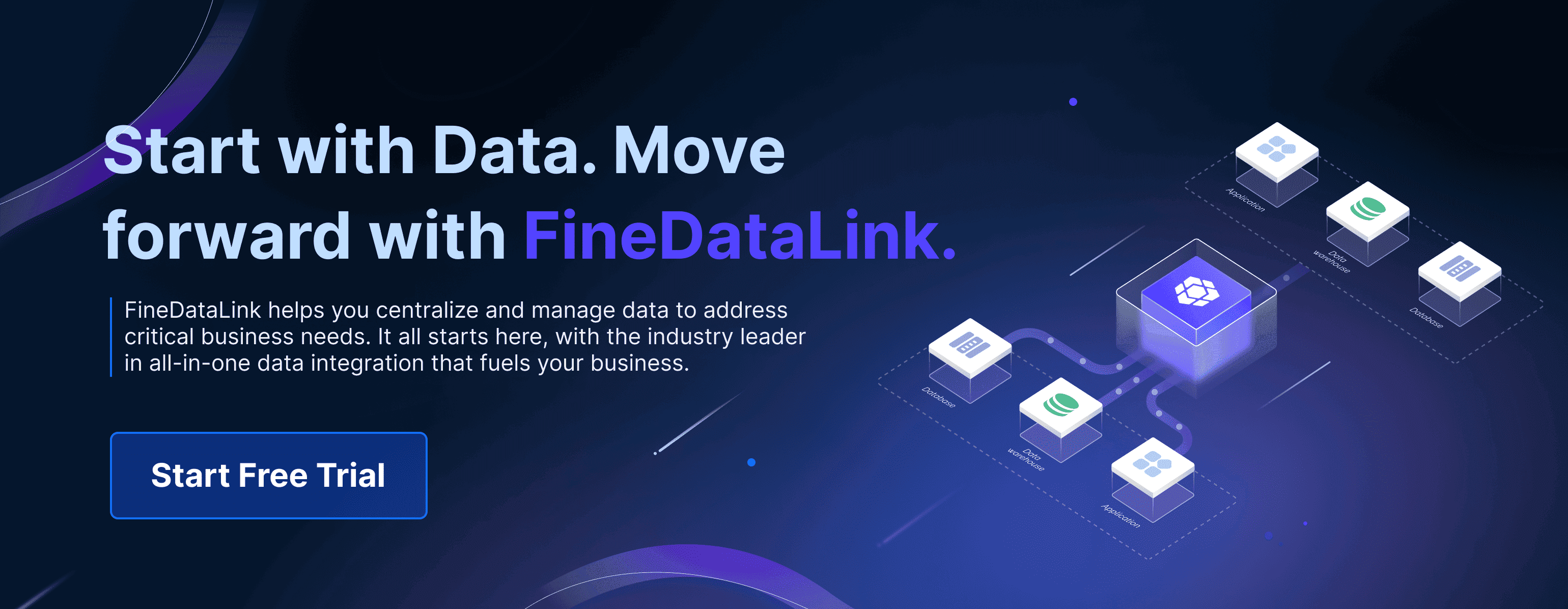You face many choices when you decide to study data science. Master of data science programs offer different curriculum options, costs, and levels of flexibility. University enrollment in data science has grown by over 700% since 2012, with many students in Malaysia choosing a master of data science for better career outcomes. Top universities for data science and data science bootcamp options compete for your attention. Data science bootcamp graduates and university alumni both see strong job growth, but program features like internships and capstone projects can boost your career. If you want to study data science at a university or through a data science bootcamp, compare your options to fit your career goals in Malaysia.
Key Takeaways
- Master of data science programs build strong skills through core courses in math, statistics, programming, and hands-on projects that prepare you for real jobs.
- Tuition and living costs vary widely, so consider total expenses and explore financial aid options like scholarships, loans, and employer support to manage costs.
- Flexible learning options include online, part-time, and self-paced programs that help you balance study with work and family commitments.
- Using industry tools like FineReport, FineBI, and FineVis in your program gives you practical experience that employers value and can boost your job prospects.
- Choose a program that matches your career goals by comparing curriculum, cost, and flexibility, and consider certifications like FanRuan to stand out in the job market.
Master of Data Science Curriculum
Core Curriculum
When you enroll in a master of data science program, you start with a strong foundation. The core curriculum covers essential topics that help you build the skills needed for real-world data science work. Most universities in Malaysia design their program structure to include courses in mathematics, statistics, programming, and data management. These courses have evolved to meet the demands of modern data science roles.
Here is a table showing typical core courses you might find in a comprehensive curriculum:
| Course Code & Name | Description Summary | Prerequisites / Recommended Prior Courses |
|---|---|---|
| MSDS 400-DL Math for Modelers | Linear algebra, discrete math, calculus, graph theory; foundational math for data science applications. | None |
| MSDS 401-DL Applied Statistics with R | Statistical analysis fundamentals, R programming, descriptive stats, inference, regression, bootstrapping. | Recommended: MSDS 400 Math for Modelers |
| MSDS 420-DL Database Systems | Data management, relational/document/graph databases, data cleaning, SQL, and data preparation. | None; Recommended: prior programming or MSDS 430 Python |
| MSDS 422-DL Practical Machine Learning | Machine learning algorithms including regression, classification, neural networks; implementation focus. | Prerequisites: MSDS 400 and MSDS 401 |
| MSDS 460-DL Decision Analytics | Optimization, simulation, decision analysis, linear programming, metaheuristics, and managerial decision support. | Prerequisites: MSDS 400 and MSDS 401 |
| MSDS 475-DL Project Management | Project life cycle, traditional and agile methods, scheduling, risk, and resource management. | None |
| MSDS 480-DL Business Leadership and Communications | Leadership concepts, organizational behavior, technology project management, communication strategies. | None |
| MSDS 485-DL Data Governance, Ethics, and Law | Data quality, security, privacy, cybersecurity basics, legal and ethical issues in data management. | None |
| MSDS 498-DL Capstone or MSDS 590-DL Thesis | Culminating project or thesis demonstrating applied data science skills and strategic thinking. | Completion of all core and specialization courses |
You gain a deep understanding of data science concepts through these courses. You also learn how to apply theory to practice. Many universities require you to complete prerequisites before advancing to more complex topics. This structure ensures you build your knowledge step by step in Malaysia.
Research in Malaysia shows that completing a core data science course can boost your confidence and readiness for your career in Malaysia. Students report a significant drop in career decision-making difficulties after finishing these courses. The chart below shows how students feel more prepared for data science roles after core training:
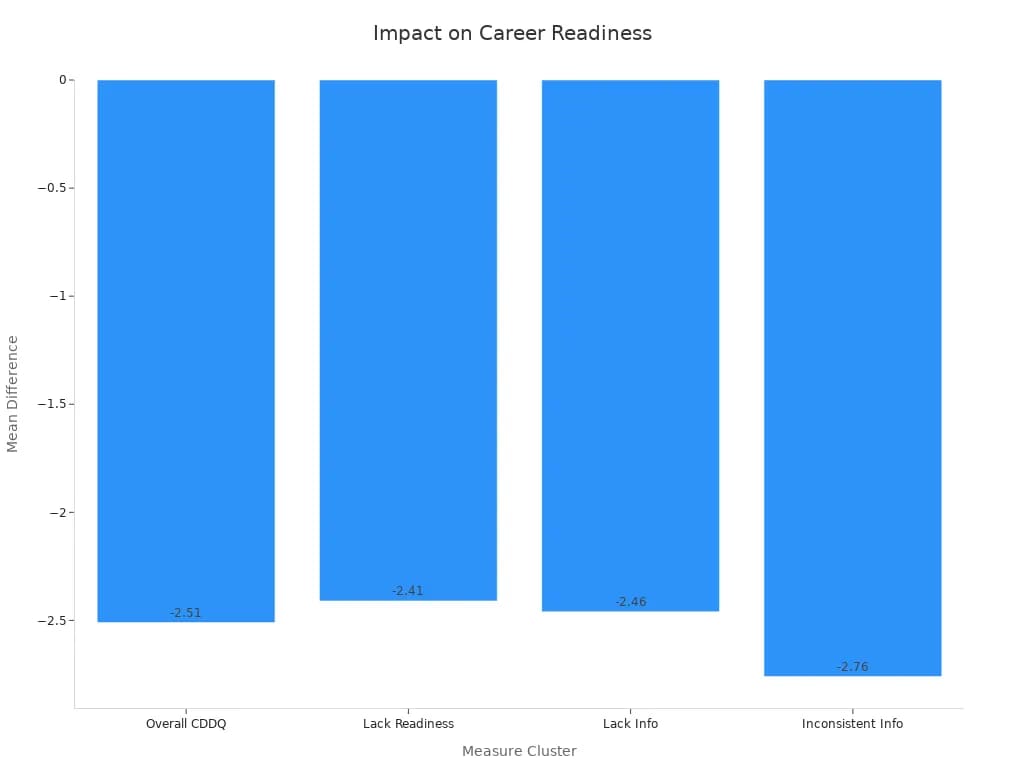
Electives and Specializations
After you finish the core curriculum, you can choose electives and specializations that match your interests and career goals in Malaysia. Universities offer a wide range of options, from artificial intelligence and machine learning to natural language processing and bioinformatics. These electives let you focus on the areas of data science that excite you most.
Popular electives and specializations include:
- Natural Language Processing (NLP)
- Deep Learning
- Statistical Machine Learning
- Neural Networks
- Bioinformatics
- Game Theory
You can also find programs that let you choose multiple electives or combine a capstone project with your specialization. This flexibility helps you tailor your data science training to your future job in Malaysia.
The outcomes for graduates in these fields are strong. Here is a table comparing roles, salaries, and job growth for common data science careers in Malaysia:
| Role | Median Annual Salary (2023) | Projected Job Growth (2023–33) |
|---|---|---|
| Data Scientist | $108,020 | +36% |
| Computer and Information Research Scientist | $145,080 | +26% |
| Software Developer | $132,270 | +18% |
| Computer Programmer | $99,700 | -10% |
![9[1].jpg](https://media.finebi.com/strapi/9_1_e12cabb1be.jpg)
You see that data science graduates often work in roles that require cross-departmental collaboration and data-driven decision-making. AI and machine learning specializations are especially popular and lead to high-demand jobs in Malaysia.
Hands-On Projects
Hands-on projects form a key part of every master of data science curriculum. You apply what you learn in class to real-world problems. Many universities require a capstone project or thesis as the final step in the program structure. These projects help you develop practical skills and show employers that you can solve complex data challenges.
You might work on projects such as:
- Building predictive models for business or healthcare
- Analyzing large datasets to find trends
- Creating dashboards for data visualization
- Developing machine learning algorithms for real applications
These experiences prepare you for the workplace. You learn how to manage projects, communicate results, and use data to make decisions. Employers value graduates who have completed hands-on data science training.
Tip: Choose a program that offers strong industry partnerships. These connections can help you find internships, mentors, and job opportunities after graduation.
Industry Tools for Master of Data Science: FineDataLink, FineReport, FineBI, FineVis
Modern data science programs use advanced tools to give you practical experience. At many universities, you will work with industry-standard platforms that help you manage, analyze, and visualize data.
- FineDataLink: This tool lets you integrate and transform data from many sources. You can use its low-code interface to build real-time data pipelines and perform ETL (Extract, Transform, Load) tasks. FineDataLink helps you prepare data for analysis quickly and efficiently.
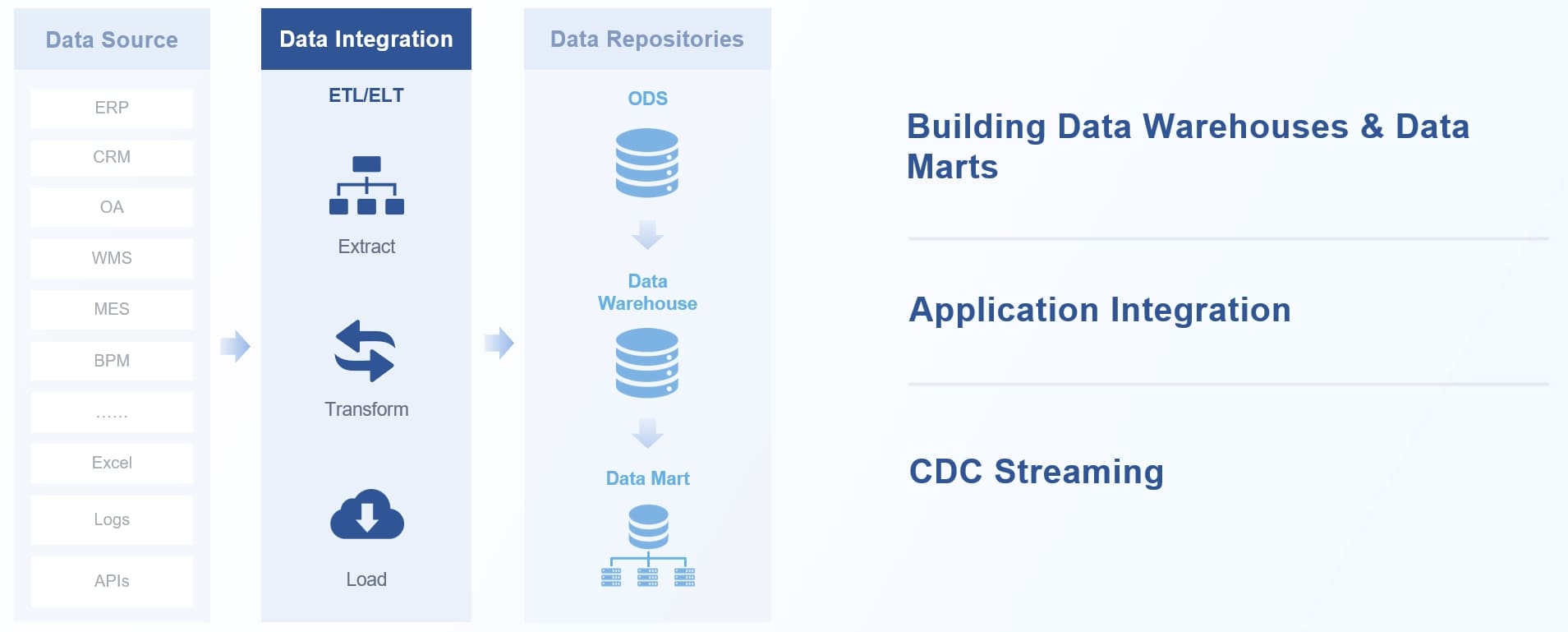
- FineReport: FineReport is a flexible reporting and dashboard tool. You can create detailed reports, automate data entry, and design interactive dashboards. It supports data integration from multiple sources and helps you present your findings clearly.

- FineBI: FineBI is a self-service business intelligence platform. You can connect to databases, process data, and build visual dashboards without coding. FineBI supports real-time analysis and collaboration, making it ideal for team projects.
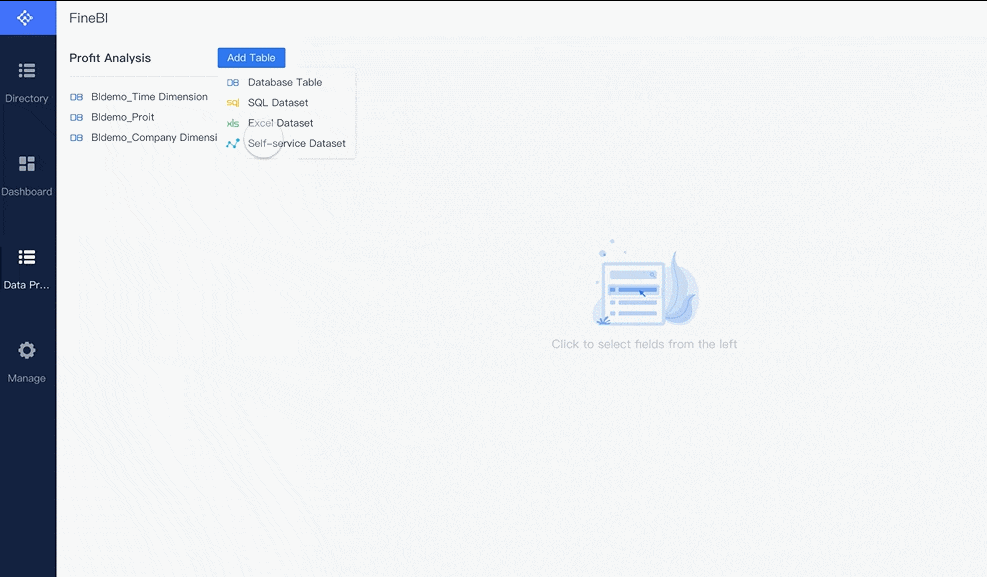
- FineVis: FineVis offers advanced data visualization features, including 3D charts and interactive dashboards. You can use its drag-and-drop interface to create compelling visual stories from your data. FineVis adapts to any device, so you can access your work anywhere.
By using these tools in your data science course, you gain hands-on experience with the same platforms used in leading companies. You learn how to handle real data, automate workflows, and communicate insights. This practical training makes you more competitive in the job market in Malaysia.
Note: Many master of data science programs now include certifications or workshops on these tools. Completing these can further boost your resume and show employers that you have up-to-date technical skills.
Master of Data Science Degrees Cost
Tuition and Fees
When you look at master of data science programs, you notice that tuition and fees can vary a lot. Some universities charge tuition per credit, while others have a flat rate for the whole degree. You need to consider not just the tuition fees but also other costs like living expenses, books, and health insurance. These extra fees can add up quickly.
Here is a table that shows a typical breakdown of tuition and fees for a master of data science program at a major university:
| Cost Category | Annual Amount (USD) | Notes/Details |
|---|---|---|
| Tuition per credit unit | $990 | MAS-DSE program requires 38 credits total |
| Total Tuition and Fees (Academic Year) | $24,057 | Includes UC systemwide and campus-based fees |
| Living Expenses (Food & Housing) | $20,484 | For students without dependents |
| Books and Supplies | $861 | Estimated annual cost |
| Personal Expenses | $1,452 | Miscellaneous personal costs |
| Transportation Expenses | $1,725 | Estimated annual cost |
| Health Insurance Fee | $4,410 | UC San Diego Health Insurance Plan included |
| Total Cost of Attendance | $52,989 | For California and Non-California residents; no non-resident supplemental tuition charged |
You see that tuition fees make up a large part of the total cost, but living expenses and health insurance also play a big role. Some programs, like the University of San Diego's Master of Science in Applied Data Science, charge $965 per credit for a total of 36 credits. If you qualify to waive two prerequisite courses, you only need 30 credits, which lowers your tuition. Online programs may help you save on living expenses, and many offer federal financial aid.
![10[1].jpg](https://media.finebi.com/strapi/10_1_10c3e7b420.jpg)
You should also check if tuition fees change by quarter or semester. Some universities list tuition fees per quarter, with amounts ranging from $6,699 to $7,760. Always review the full cost of attendance, not just tuition, before you choose a program.
Financial Aid Options
Paying for a master of data science degree can feel overwhelming, but you have many financial aid options. Most students use a mix of personal savings, loans, and scholarships to cover tuition and fees. Here are some common ways you can fund your education:
- Federal grants and loans: U.S. citizens and permanent residents can apply for federal financial aid through FAFSA.
- Scholarships: Many universities offer merit-based and need-based scholarships. Some scholarships target data science students, which means less competition.
- Work-study: You may qualify for work-study jobs on campus to help pay for tuition fees ad living expenses.
- Employer sponsorship: Some companies pay part or all of your tuition if you agree to keep working for them after you finish your degree.
- Military education benefits: Veterans and their families can use the GI Bill or Yellow Ribbon Program to cover tuition and fees.
- Graduate assistantships: Some universities offer teaching or research assistantships, especially in the second year, which can reduce tuition fees.
- Veterans benefits: University veterans offices can help you access these resources.
- Graduate Funding Information Services: Many universities provide workshops and funding announcements to help you find scholarships and grants.
- Application fee waivers: Some schools waive application fees for eligible students.
Most students also look for paid internships during their degree to help with tuition and living costs. You should talk to your university's financial aid office to learn about all your options.
Tip: Apply for scholarships early. Many deadlines are months before your program starts.
Value for Money
You want to know if a master of data science degree is worth the investment. Tuition and fees are high, but the return on investment can be strong. Data science graduates often earn high salaries and see fast job growth. For example, data scientist roles have a median annual salary of over $100,000 and strong job prospects in Malaysia.
When you compare programs, look at more than just tuition fees. Consider the quality of the curriculum, the reputation of the university, and the support for internships and job placement. Some programs offer online options that lower living expenses. Others provide strong industry connections, which can help you find a job faster in Malaysia.
You should also compare the cost of a master of data science degree to other options, like a data science bootcamp. Data science bootcamp cost is usually lower, but you may not get the same depth of training or access to university resources.
Note: Many employers value a university degree in data science, especially for advanced or leadership roles.
Cost-Effective Tools for Master of Data Science: FineReport, FineBI
You can save money and get more value from your data science degree by using cost-effective tools. FineReport and FineBI are two powerful platforms that many universities and students use to manage data, create reports, and analyze results.
- FineReport helps you design reports, automate data entry, and build dashboards without extra software fees. You can connect to many data sources and create professional reports in Malaysia quickly.
- FineBI gives you self-service business intelligence. You can analyze data, build visual dashboards, and share insights with your team. FineBI supports real-time analysis and works well for both classroom and real-world projects in Malaysia.
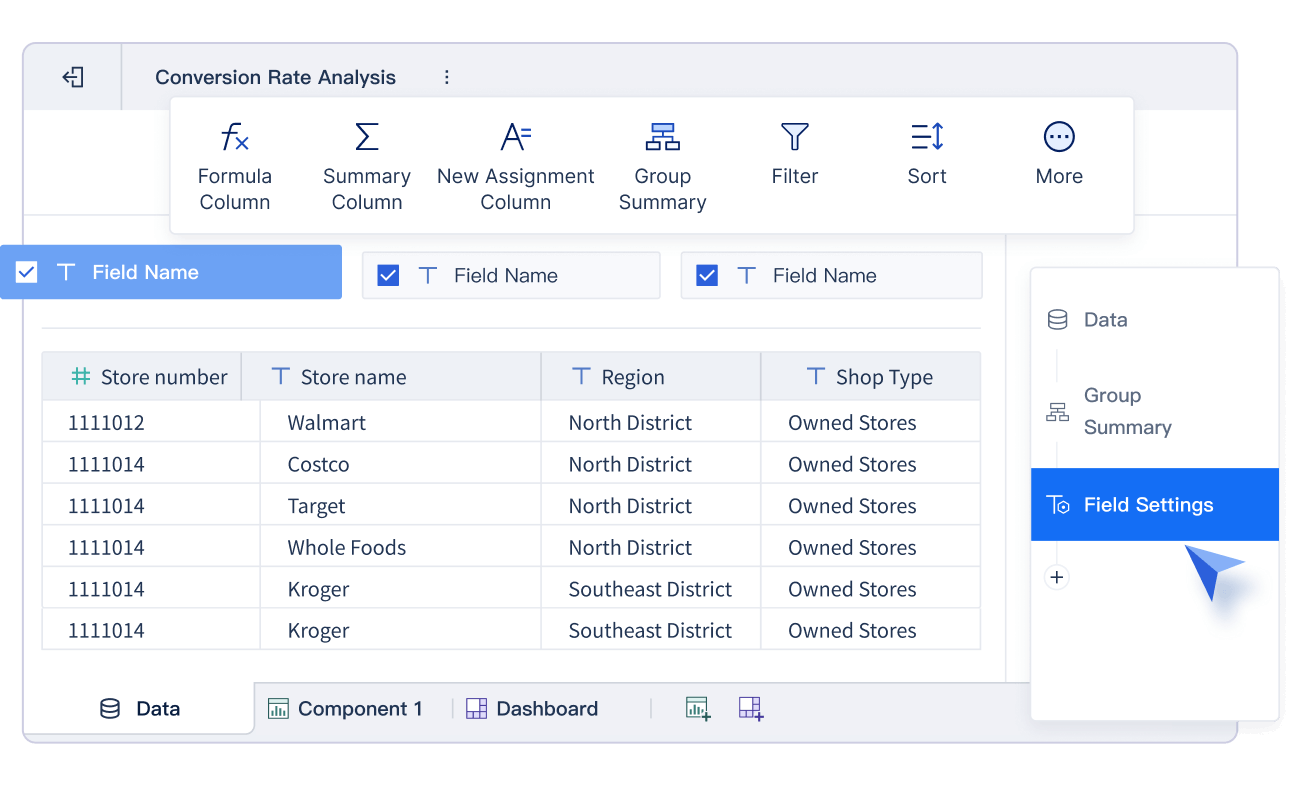
These tools often come included with your university's data science program, so you do not need to pay extra. You get hands-on experience with industry-standard platforms, which makes you more attractive to employers. FineReport and FineBI also help you complete assignments faster and with fewer errors, saving you time and money.
Note: Choosing a program that uses cost-effective tools like FineReport and FineBI can help you get the most out of your tuition fees.
Flexibility in Master of Data Science Programs
Online vs. In-Person
You can choose between online and in-person master of data science programs. Online programs give you a flexible schedule, letting you study from anywhere and balance your job or family in Malaysia. Many universities use the same faculty and curriculum for both formats. You get the same data science training and degree recognition. Online programs often cost less because you avoid relocation and commuting. However, you need strong self-discipline since you have less face-to-face interaction. In-person programs offer a more structured environment. You can network, collaborate, and use campus resources easily. These programs may cost more and require you to move, but you get a more immersive data science experience.
| Aspect | Online Programs | In-Person Programs |
|---|---|---|
| Cost | $10,000–$45,000; no relocation costs | $35,000–$60,000; plus relocation/commuting |
| Program Length | 12–36 months; some accelerated | 11–24 months; part-time may take longer |
| Scheduling | Synchronous/asynchronous; flexible timing | Fixed class schedules |
| Course Load | 1–3 classes per semester full-time | 3–5 classes per semester full-time |
Studies show that learning outcomes in online data science programs can match those of in-person programs if you stay motivated and the course design is strong.
Part-Time and Full-Time
You can pick full-time or part-time options in most data science programs. Full-time study lets you finish faster but often means you must pause your job in Malaysia. This can affect your income and daily routine. Part-time courses let you keep working while you learn. You can upskill or change your career without leaving your job in Malaysia. Part-time programs may take longer and sometimes cost more overall, but they offer the flexibility many working professionals need.
Self-Paced Learning
Many data science programs now offer self-paced or asynchronous courses. You can set your own pace and fit your studies into your life. Research shows that self-paced learning activities, like self-testing and iterative practice, help you build confidence and improve your data science skills. Flexible learning schedules allow you to regulate your own progress and focus on areas where you need more practice.
- Exposure to age-appropriate data science software boosts your confidence.
- Programs with self-testing and iterative activities improve learning outcomes.
- Using validated assessments helps you track your progress.
Support for Working Professionals
If you work full-time, you need a program that supports your schedule. Some data science programs, like the MIT MicroMasters, are designed for working professionals. You can learn advanced data science skills online, complete hands-on projects, and keep your job. These programs lower barriers by removing strict application processes and offering multiple tracks. You get practical data experience while preparing for your next career step in Malaysia.
Flexible Learning with FineBI and FineVis
Tools like FineBI and FineVis make your data science learning even more flexible. FineBI lets you connect to data sources, analyze data, and build dashboards without coding. You can work on projects anytime, anywhere. FineVis helps you create interactive data visualizations and 3D charts with a simple drag-and-drop interface. Both tools support real-time analytics, so you can explore data and share insights with classmates or colleagues. These platforms fit well with online, part-time, and self-paced programs, giving you hands-on experience with industry-standard data tools.
Choosing the Right Master of Data Science Course
Aligning Curriculum with Goals
You want your data science course to match your career goals. Start by looking at how well the course content fits the jobs in Malaysia you want. Use alignment metrics to help you decide. The table below shows common methods for matching a data science course to your career path:
| Alignment Metric / Method | Description | Application in Curriculum-Career Alignment |
|---|---|---|
| Skill Gap Scores | Measures the difference between what you learn and what jobs in Malaysia require | Shows if your data science course covers the right skills for your target career |
| Similarity Indices (0 to 1 scale) | Compares overlap between course skills and job needs | Higher values mean better preparation for your chosen career |
| Hierarchical Clustering | Groups jobs in Malaysia by similar skills | Helps you see which careers your data science course prepares you for |
| Heatmaps of Skill Gaps | Visualizes where your course matches or misses job requirements | Reveals new career options you may not have considered |
| Formal Ontologies | Uses structured knowledge to map course content to job roles | Ensures your data science course follows industry standards |
| NLP Techniques | Uses AI to compare course documents and job ads | Finds the best match between your training and real-world data science jobs in Malaysia |
Choose a data science course that closes skill gaps and prepares you for the career you want. This approach helps you move from study to a strong job in data science.
Balancing Cost and Value
You need to weigh the cost of your data science course against the value it brings. Look at tuition, fees, and extra expenses. Compare these costs to the quality of training, job placement rates, and starting salaries. A higher-priced program may offer better data science bootcamp partnerships or more hands-on data projects. Sometimes, a lower-cost data science bootcamp gives you enough training for entry-level roles. Think about your long-term career prospects and how much you can invest now for future gains in Malaysia.
Tip: Check if your data science course includes access to industry tools or certifications. These extras can boost your career and make your investment worthwhile.
Assessing Flexibility Needs
Many students in Malaysia need flexible ways to study data science. Over half of postbaccalaureate students took online courses in 2022. Online data science bootcamp options save money on travel and let you keep working. Flexible programs help you balance work, family, and study. Some data science courses use remote computing platforms, so you can access data tools anytime in Malaysia. Schools also use AI to personalize your learning, automate schedules, and send reminders. These features make it easier to finish your data science training and reach your career goals in Malaysia.
- Online data science bootcamp options fit busy schedules.
- Remote access to data tools supports learning from anywhere.
- Automated systems help you manage deadlines and coursework.
Leveraging FanRuan Certification for Master of Data Science
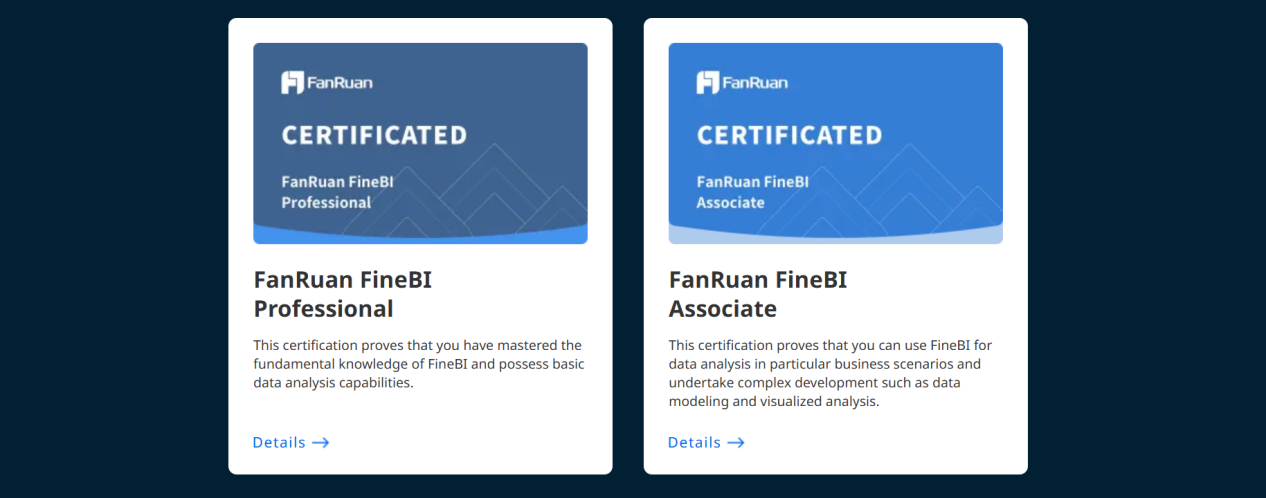
You can boost your career prospects by earning a FanRuan Global Certification. This certification proves your skills in using top data science tools like FineReport and FineBI. Employers recognize FanRuan certification as a mark of strong data science training. You get access to job recommendations and join a global talent pool. FanRuan supports your learning with guides, videos, and webinars. By adding this certification to your data science course, you stand out in the job market in Malaysia and show you are ready for advanced data science roles.
Note: FanRuan certification fits all levels, from students to experienced professionals. It helps you keep up with new data science trends and technologies.
You see clear differences in curriculum, cost, and flexibility across master of data science programs. Matching these features with your career goals leads to better outcomes, as shown below:
| Criterion | Description |
|---|---|
| Broadness | Covers a wide range of STEM career aspirations |
| Parsimony | Uses clear, practical items for easy decision-making |
| Unambiguity | Measures career—not just study—aspirations |
| Application | Tracks your goals over time for better support |
| Significance | Helps you align program features with your personal career path |
To move forward:
- List your top programs and collect details.
- Set clear selection criteria.
- Compare each program using your criteria.
- Test tools or reach out to admissions.
- Explore FanRuan certification for added value.
Use a decision-centric framework to compare options. This approach helps you make a confident, informed choice for your future in data science.
Click the banner below to experience FineReport, FineBI and FineDataLink for free and empower your enterprise to convert data into productivity!
Continue Reading about Data Science
FAQ

The Author
Lewis
Senior Data Analyst at FanRuan
Related Articles

Top 10 Real-Time Analytics Platforms for Business Success
Top 10 real-time analytics platforms for 2025 ranked by speed, scalability, and features to help your business drive smarter decisions and real-time insights.
Lewis
Dec 02, 2025

What is Customer Analysis and Why is it Important
Customer analysis reveals customer needs and behaviors, helping businesses tailor strategies for growth, satisfaction, and loyalty.
Lewis
Dec 01, 2025

What is the Definition of Retention and How is it Used
The definition of retention is keeping people, knowledge, or customers over time. See how retention is used in employment, contracts, education, and business.
Lewis
Dec 01, 2025
